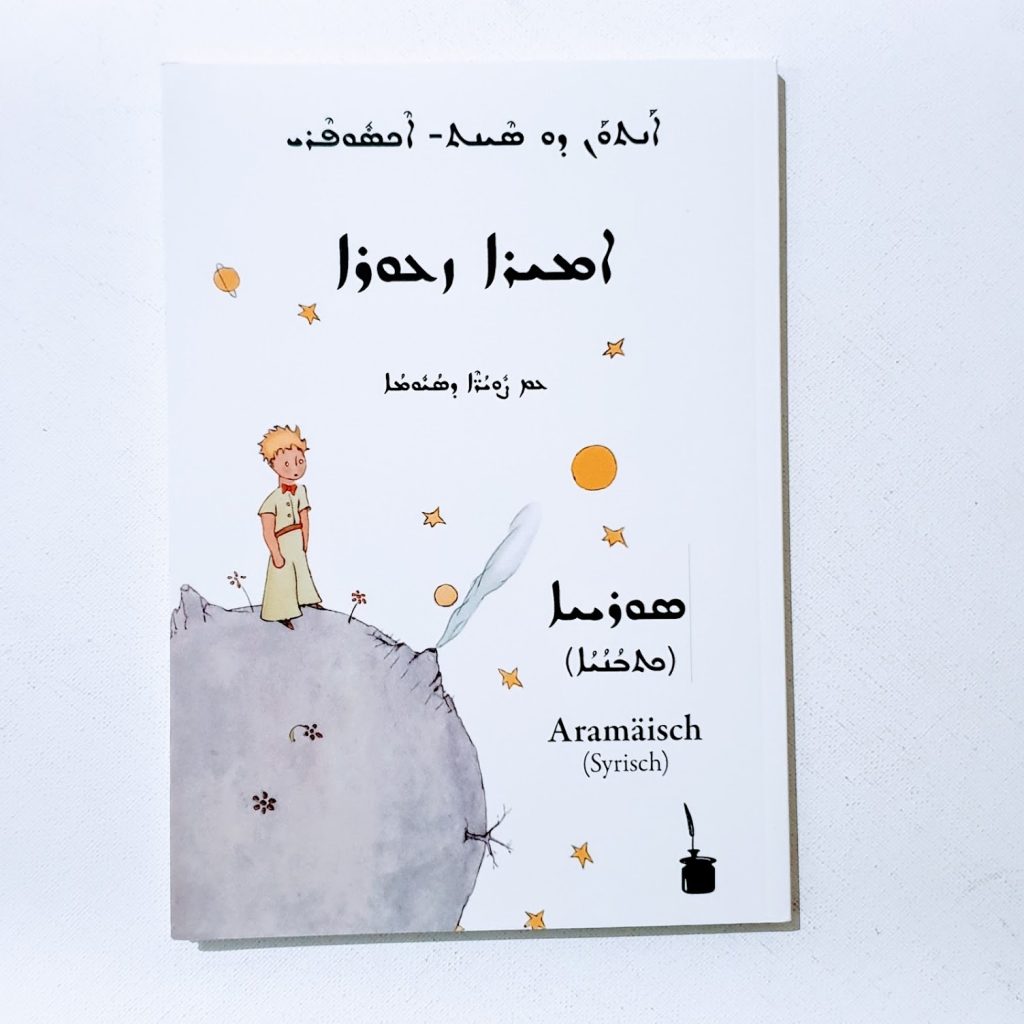
Amiro Zcuro — in Syriac.
Syriac is a dialect of Middle Aramaic that was once widely used throughout the Middle East and Central Asia. Originating in the early first century CE, it became a major literary language by the 4th century, primarily among Christian communities. Its use spanned various fields, including theology, philosophy, history, and science, making it a crucial component of Christian Near Eastern culture. Although its use as a spoken language has declined significantly, Syriac remains an important liturgical language for several Christian denominations, including the Syriac Orthodox Church, the Assyrian Church of the East, the Chaldean Catholic Church, and the Syriac Catholic Church.
Historical Development
Early Syriac (1st to 3rd century CE): Syriac emerged from Old Aramaic in Edessa, the modern-day city of Urfa in southeastern Turkey. It was initially used in Christian liturgical texts and for spreading the Christian faith.
Classical Syriac (4th to 8th century CE): This period saw the flourishing of Syriac literature, with the creation of significant theological, philosophical, and historical works. Syriac scholars played a key role in preserving Greek philosophical and scientific texts by translating them into Syriac and later into Arabic.
Middle Syriac (9th to 13th century CE): During the Islamic Golden Age, Syriac continued to be a language of scholarship and religion, even as Arabic became more dominant.
Modern Syriac (14th century CE to present): In its modern form, Syriac has split into several dialects, some of which are still used in liturgical contexts and by communities in the Middle East, as well as among diaspora populations around the world.
Linguistic Features
Syriac shares many characteristics with other Semitic languages, including:
Phonology: It has a rich consonantal system, with phonetic features typical of Semitic languages, including emphatic sounds.
Morphology: Syriac utilises a root-based system where words are formed around triconsonantal roots. Verbal morphology is complex, indicating tense, mood, voice, and person.
Grammar: The language employs a subject-object-verb (SOV) order but can exhibit flexibility. Like other Aramaic dialects, it uses suffixes for indicating possession and direct objects.
Writing System
Syriac is written in the Syriac alphabet, a descendant of the Aramaic script. There are several forms of the Syriac script, including the Estrangela, Serto, and the East Syriac or Madnhāyā script. Each has its own stylistic and regional applications.
Syriac Christianity has a rich tradition of hymnography, poetry, and theological writing. The language and its literature have been crucial in transmitting the theological, philosophical, and cultural heritage of Syriac-speaking Christians. Moreover, Syriac has played a significant role in the Christian history of the Middle East, influencing the liturgical and cultural practices of various Christian communities.


